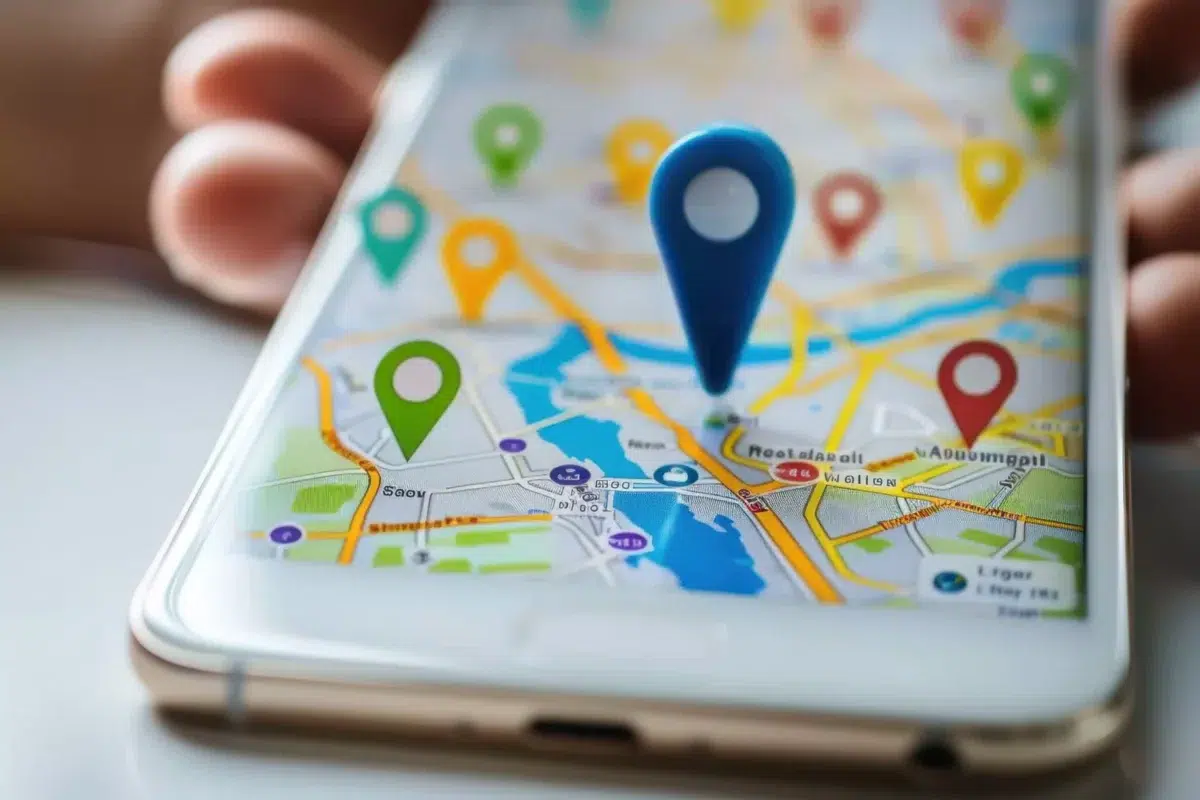Show table of content Hide table of content
Google’s tracking capabilities have become increasingly sophisticated, often recording your movements without your explicit awareness. This silent data collection raises privacy concerns for many users. Fortunately, there are hidden settings within Google’s ecosystem that allow you to regain control over your location data. Understanding how Google tracks you and knowing how to manage these settings can significantly enhance your digital privacy.
Why Google tracks your location data
Google collects location information primarily to enhance user experience through personalized services. When you navigate using Google Maps or search for nearby restaurants, the app remembers these locations to provide faster recommendations in the future. This seemingly helpful feature comes with a privacy trade-off that many users don’t fully comprehend.
The tech giant benefits tremendously from this data collection. Your movement patterns reveal valuable insights about your lifestyle, shopping habits, and daily routines. This information powers Google’s advertising platform, allowing for hyper-targeted marketing based on places you’ve visited. Companies like Meta and Google have faced substantial fines for their data collection practices.
In France alone, the CNIL (Commission Nationale de l’Informatique et des Libertés) has issued penalties worth thousands of euros to Google for lack of transparency and failure to obtain valid user consent for data collection. Similar to how some rental car companies might track vehicle usage without clear disclosure, Google’s location tracking often happens in the background.
Beyond improving services, this persistent tracking creates vulnerability. If Google experiences a security breach, your movement history could potentially be exposed or sold on dark web markets. This risk makes regular management of your location data not just a privacy preference but a security necessity.
Finding the hidden location tracking controls
Google doesn’t advertise its location tracking controls prominently, but they do exist if you know where to look. The primary location tracking management system is tucked away in your Google account settings, specifically within the “Activity controls” section.
To access these controls, you need to navigate to your Google account’s activity settings. The fastest way is through the direct link to Google Maps activity controls in your account. Once logged in, you’ll see a comprehensive history of your movements, often spanning months or even years if you’ve never cleared this data.
Google These people were paid not to use Google, yet they couldn’t resist.
The interface reveals startling details about your routines—showing regular commutes between home and work, weekend activities, and even vacation destinations. This level of detail can feel invasive, especially when you realize these patterns have been silently recorded. Many users are surprised to discover that Google has essentially maintained a private journal of their movements.
While exploring these innovative tracking technologies, it’s worth noting that other breakthroughs in transportation technology are emerging. Scientists are now investigating how common substances like soft drinks and seawater could revolutionize hydrogen fuel for vehicles, potentially changing how we travel in the future.
Taking control of your location privacy
Once you’ve accessed your location history, several options become available for managing this data. For immediate action, you can delete individual trips by clicking the small X icon next to each journey record. This selective approach lets you remove sensitive location data while keeping helpful information.
For more comprehensive control, the dropdown menu labeled “Delete” offers broader options. You can erase an entire day’s worth of movements, a specific time period, or even your complete location history. This thorough cleaning helps minimize your digital footprint and reduces the amount of personal data in Google’s possession.
News This TikToker buys a used van and realizes it has a hidden surveillance device.
The most powerful privacy tool—the hidden button many users never discover—is the “Auto-delete” feature. This option appears at the top of your activity page and allows you to set up automatic deletion cycles. You can configure Google to automatically purge your location data every 3, 18, or 36 months, ensuring your privacy without requiring manual maintenance.
Managing your digital footprint requires the same level of attention as navigating unfamiliar terrain. Just as a lost hiker might need to trust unexpected guides to find their way, users must learn to navigate privacy settings to protect their digital presence.
Benefits of regularly clearing your location data
Maintaining regular location data hygiene delivers multiple advantages beyond basic privacy. When you consistently clear or automatically delete your location history, you significantly reduce your vulnerability to data breaches. If hackers compromise Google’s systems, they’ll find limited historical movement data associated with your account.
Clearing location data also disrupts the personalized advertising ecosystem that tracks your movements. Without detailed location history, Google’s algorithm can’t determine your shopping patterns or predict future movements. This limitation leads to fewer eerily specific advertisements based on places you’ve recently visited.
Many productivity experts recommend digital decluttering as part of maintaining focus and mental clarity. Similar to productivity methods practiced by tech innovators like Bill Gates and Elon Musk, reducing digital tracking can help minimize distractions and give you greater control over your attention.
Finally, regular data clearing aligns with the 555 rule for digital minimalism, encouraging users to regularly evaluate which information truly needs to be preserved. By implementing automatic deletion, you’re essentially creating a self-maintaining privacy system that requires minimal ongoing effort while maximizing protection.
Taking these steps puts you back in control of your digital footprint. While Google’s tracking capabilities offer convenience, the hidden controls for managing this data provide the balance many users seek between functionality and privacy. By understanding and utilizing these settings, you can enjoy Google’s services without surrendering unnecessary personal information.


